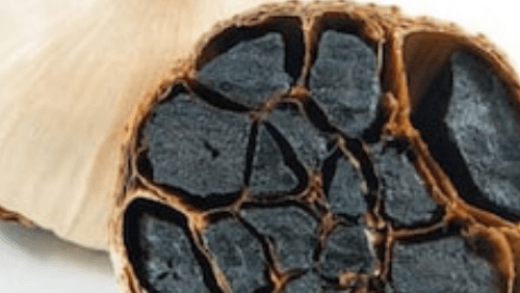Our earth is full of different living creatures found in different parts of the world. Be it the air, land, or water every habitat is occupied by some kind of living organisms as per their natural requirement to sustain. Mysterious About The Hydrothermal Worm
Among all, there is some rare animal with several rare characteristics that puts scientists under fascination to learn more about them. One such creature is the hydrothermal vent worm. In this article, we would learn more about its physical and habitual attributes. So let us begin.
The hydrothermal vent worm.
Hydrothermal vent (Riftia pachyptila) is along tube worm found in the marine seabed. Earlier being kept under the category of phylum Pogonophora and Vestimentifera, this invertebrate is now considered to have its belongings to phylum Annelida. Some of their physical characteristics are mentioned as follows:
- These organisms have a long tubelike body making them being put under the category of a worm. They can reach upto a total length of 9.8 feet pr 3 meters.
- These vents tend to live in a gray-brownish tube till the time their bodies are not close to any of the harder surfaces on the bottom of the sea. These tubes are naturally developed structures comprising chitin (KYE-then), as their major manufacturing material. Chitin is a material resembling the one in fingernails and it is known to be found on the external structures of spiders, insects, and some of the closely related species. Mysterious About The Hydrothermal Worm
- They have some of the special glands present inside their structure to produce chitin to make up the tube. Also, some plumes help in their quick movement from being attacked by any predator. However, these plumes along with blood vessels also function as a blood carriers.
- The blood of these worms is red just like human beings. It is mainly due to the presence of hemoglobin. The hemoglobin helps them capture oxygen from the water and thereby helps breathe these organisms under water. That means they have same breathing process for survival as humans.
- The hydrothermal vents do not have a mouth or digestive tract as that of us. But then how do they carry out digestion process? The answer to this question is the bacteria present in them.
- The long sheathed body of these worms is comprised of reproductive organs.
What is so Mysterious About The Hydrothermal Worm
In 1977, while scientists led to the discovery of these hydrothermal vent worms, they got stuck with the fact about how these tubelike organisms can survive at the seabed? How they could carry the chemical-rich fluids that are helping them to sustain snails, mussels, and other such organisms?
Being distributed irregularly along the middle of ocean ridges and bisecting at the sea bottom, how can they show the “turn on” and “turn off,” mechanism being operated by the ebbs and flows of hot magma beneath the seafloor?
All these questions remain a closed book until the scientists have reopened the book of their discovery. Even now, scientists from different parts of the world are trying to reveal their actual mechanism of survival.











